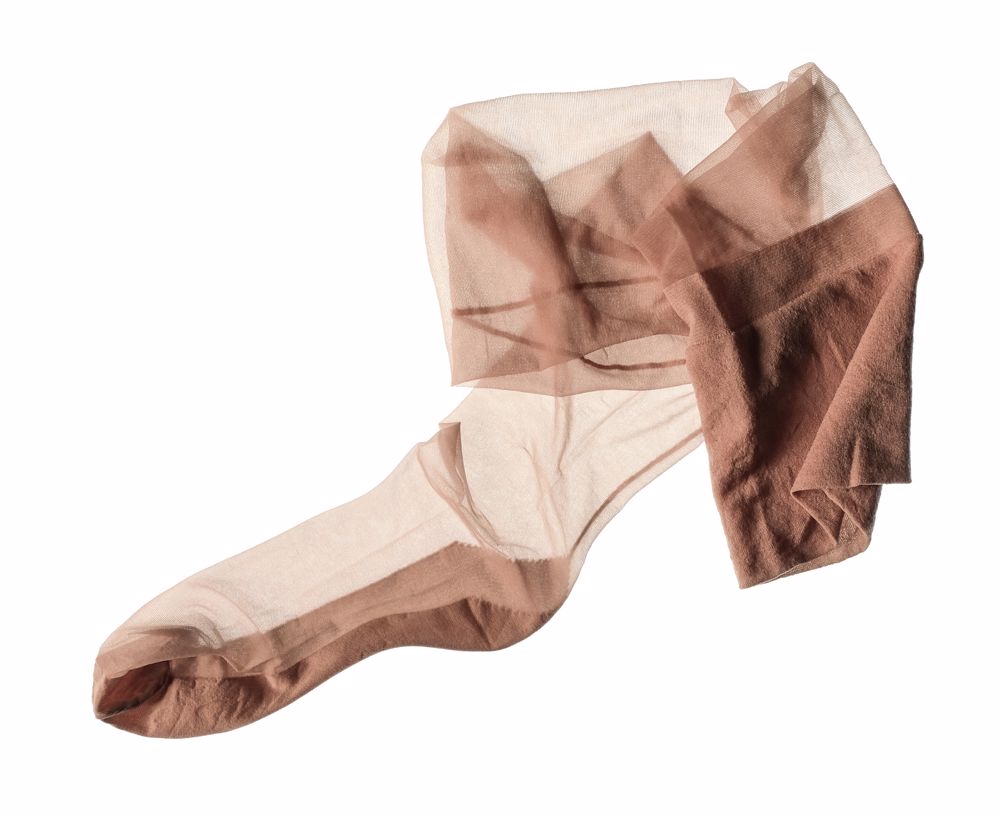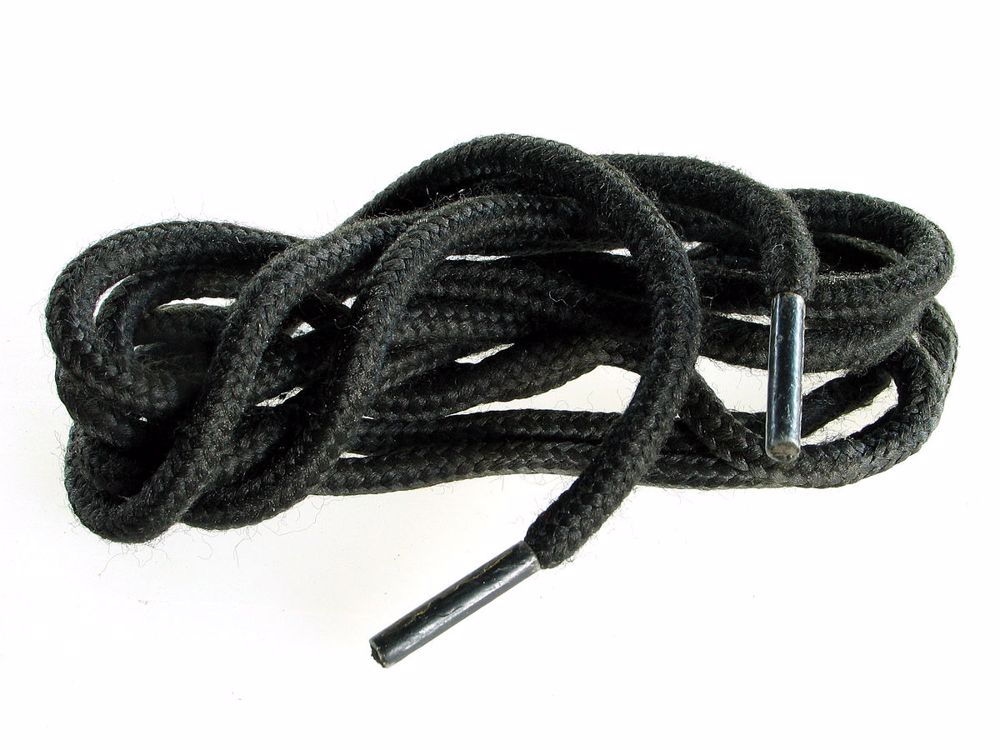Nylon – the first synthetic fibre from coal air and water
The first artificial fibre was Rayon like its predecessor celluloid, reprocessed cellulose from wood, but made into fibres and sold as artificial silk, first produced in Coventry in 1905. The killer application was stockings for women, much cheaper than Japanese silk.
However, in 1931 something new was produced. Not by using something from nature, not by mixing chemicals, but reacting then together at an interface to make a film which was pulled out into a synthetic fibre.
This produced something strong like steel and fine as silk, more elastic than Rayon and not affected by moisture. Even better it could be moulded on a hot form to make a perfect leg shape making it a major fashion item from 1940. It was advertised as being made from coal, air and water. Coal provided the hydrocarbon backbone while air and water the amide links between them, coming from air and water by the Haber-Bosch process.

In WWII its properties were invaluable for ropes and parachutes (otherwise made of silk so that they could be folded up and open). However, American servicemen had not only nylon stockings to barter with when overseas, they also had strong nylon shoelaces. Germany had no access to the cotton of the USA or India for laces, nor nylon. Hence their troops were forced to wear jackboots, which did not fit as well. Only special forces had laced footwear.


The patent owners, DuPont, later advertised it as “the fiber that won the war”. After the war, parachutes were cut up to make women’s underwear, and production of clothing resumed. However, nylon remains hugely important as a rope and in industrial applications such as self-lubricating cogwheels.
Naturally other companies sought patents to alternative chemical processes and a whole range of fibres have been produced leading to a revolution in clothing with cheaper, brighter, better clothing for work and leisure. Many of them were used in other ways than as fibres by being melted and shaped.
However, this abundance led to a wasteful consumer society in many countries, often at the expense of the wages and living conditions of those who converted fabrics into clothes. It also contributed to an unanticipated problem of microplastic pollution.